Anti-EGFR-MC-VC-PABA-MMAE ADC
CAT#: ADC-038CL
This ADC product is composed of an anti-EGFR antibody conjugated via MC-VC-PABA linker to MMAE(Abl-vcMMAE). It has demonstrated a response in treatment by a MOA (Mechanism of Action) as microtubule inhibitor.









Specifications
- Antibody Overview
- Humanized Anti-EGFR Antibody
- Linker
- MC-VC-PABC (maleimidocaproyl-valine-citrulline-p-aminobenzoyloxycarbonyl)
- Linker Class/Description
- Class: Enzymatically cleavable linkers-Peptide linkers
Description: peptide linkers, belonging to Enzymatically cleavable linkers, combine greater systemic stability with rapid enzymatic release of the drug in the target cell. The scission of peptidic bonds relies on lysosomal proteolytic enzymes, which have very low activities in blood due to endogenous inhibitors and the unfavorably high pH value of blood.
- Drug
- MMAE (Monomethyl auristatin E)
- Drug Class/Description
- Class: Auristatin
Description: Auristatins are water-soluble dolastatin analogs of dolastatin 10. Dolastatin 10 belongs to dolastatin family and it can powerfully bind to tubulin, thus inhibiting polymerization mediated through the binding to the vinca alkaloid binding domain, and causes cell to accumulate in metaphase arrest.
Target
- Introduction
- The protein encoded by this gene is a transmembrane glycoprotein that is a member of the protein kinase superfamily. This protein is a receptor for members of the epidermal growth factor family. EGFR is a cell surface protein that binds to epidermal growth factor. Binding of the protein to a ligand induces receptor dimerization and tyrosine autophosphorylation and leads to cell proliferation. Mutations in this gene are associated with lung cancer. Multiple alternatively spliced transcript variants that encode different protein isoforms have been found for this gene. [provided by RefSeq, Jul 2010]
- Alternative Names
- EGFR; epidermal growth factor receptor; ERBB; HER1; mENA; ERBB1; PIG61; NISBD2; proto-oncogene c-ErbB-1; cell growth inhibiting protein 40; erb-b2 receptor tyrosine kinase 1; cell proliferation-inducing protein 61; receptor tyrosine-protein kinase erbB-1; avian erythroblastic leukemia viral (v-erb-b) oncogene homolog;
- Gene ID
- 1956
- UniProt ID
- P00533
Customer Review
There are currently no Customer reviews or questions for ADC-038CL. Click the button above to contact us or submit your feedback about this product.
Submit Your Publication
Published with our product? Submit your paper and receive a 10% discount on your next order! Share your research to earn exclusive rewards.
Related Diseases
Related Signaling Pathways
Downloadable Resources
Download resources about recombinant antibody development and antibody engineering to boost your research.
Datasheet
MSDS
COA
Certificate of Analysis LookupTo download a Certificate of Analysis, please enter a lot number in the search box below. Note: Certificate of Analysis not available for kit components.
See other products for "EGFR"
Select a product category from the dropdown menu below to view related products.
| CAT | Product Name | Application | Type |
|---|---|---|---|
| TAB-165 | Anti-Human EGFR Recombinant Antibody (Matuzumab) | Neut, ELISA, IF, IP, FuncS, FC, ICC | IgG1 |
| TAB-710 | Anti-EGFR Recombinant Antibody (Nimotuzumab) | ELISA, IP, FC, FuncS, Neut, IF, IHC | IgG1 - kappa |
| TAB-274MZ-S(P) | Human Anti-EGFR Recombinant Antibody; scFv Fragment (TAB-274MZ-S(P)) | FC | Humanized scFv |
| PABX-052 | Recombinant Human Anti-EGFR Antibody (PABX-052) | WB, ELISA, FuncS, IB, FC, SPR, Apop | IgG |
| PABX-051-S (P) | Recombinant Mouse Anti-EGFR Antibody scFv Fragment (Matuzumab) | WB, Neut, FuncS | scFv |
| CAT | Product Name | Application | Type |
|---|---|---|---|
| PABL-462 | Human Anti-EGFR Recombinant Antibody (clone C225) | FC | Human IgG |
| PABL-463 | Human Anti-EGFR Recombinant Antibody (PABL-463) | ELISA, WB, FuncS | Humanized IgG |
| MOB-0094MZ | Recombinant Mouse Anti-EGFR Antibody (clone FGF-R2) | ELISA, IHC-P, FC | Mouse antibody |
| HPAB-0010-YC | Mouse Anti-EGFR Recombinant Antibody (clone L211C) | ELISA, FC | Mouse IgG |
| HPAB-0011-YC | Human Anti-EGFR Recombinant Antibody (clone Pep 1) | FC | Human IgG |
| CAT | Product Name | Application | Type |
|---|---|---|---|
| PFBZ-039 | Mouse Anti-EGFR Recombinant Antibody (clone mAb528); Fab Fragment | FC | Mouse Fab |
| PFBW-039 | Human Anti-EGFR Recombinant Antibody Fab Fragment (PFBW-039) | FuncS | Chimeric (mouse/human) Fab |
| PFBC-040 | Human Anti-EGFR Recombinant Antibody (clone MR1); Fab Fragment | Block | Human Fab |
| PSBW-171 | Mouse Anti-EGFR Recombinant Antibody; scFv Fragment (PSBW-171) | WB | Mouse scFv |
| HPAB-2194LY-F(E) | Mouse Anti-EGFR Recombinant Antibody; Fab Fragment (HPAB-2194LY-F(E)) | ELISA, WB | Mouse Fab |
| CAT | Product Name | Application | Type |
|---|---|---|---|
| TAB-299MZ | Human Anti-EGFR Recombinant Antibody (TAB-299MZ) | FC, FuncS, Inhib | Human IgG |
| TAB-313MZ | Anti-Human EGFR Recombinant Antibody (EG-19-11) | ELISA, FC | Human antibody |
| TAB-314MZ | Anti-Human EGFR Recombinant Antibody (EG-26-11) | ELISA | Human antibody |
| TAB-315MZ | Anti-Human EGFR Recombinant Antibody (528) | Inhib | Human antibody |
| TAB-321MZ | Anti-Human EGFR Recombinant Antibody (DX 1-4) | SPR | Human antibody |
| CAT | Product Name | Application | Type |
|---|---|---|---|
| TAB-301MZ | Mouse Anti-EGFR Recombinant Antibody (TAB-301MZ) | ELISA | Mouse IgG |
| TAB-303MZ | Mouse Anti-EGFR Recombinant Antibody (TAB-303MZ) | FC, FuncS, Inhib | Mouse IgG |
| TAB-304MZ | Mouse Anti-EGFR Recombinant Antibody (TAB-304MZ) | FC, FuncS, Inhib | Mouse IgG |
| TAB-305MZ | Mouse Anti-EGFR Recombinant Antibody (TAB-305MZ) | FC, FuncS, Inhib | Mouse IgG |
| TAB-306MZ | Mouse Anti-EGFR Recombinant Antibody (TAB-306MZ) | FC, FuncS, Inhib | Mouse IgG |
| CAT | Product Name | Application | Type |
|---|---|---|---|
| TAB-302MZ | Human Anti-EGFR Recombinant Antibody (TAB-302MZ) | ELISA | Chimeric (mouse/human) IgG1 |
| TAB-308MZ | Human Anti-EGFR Recombinant Antibody (TAB-308MZ) | FuncS | Chimeric antibody (mouse/human) |
| TAB-302MZ-S(P) | Mouse Anti-EGFR Recombinant Antibody; scFv Fragment (TAB-302MZ-S(P)) | ELISA | Mouse scFv |
| TAB-302MZ-F(E) | Human Anti-EGFR Recombinant Antibody; Fab Fragment (TAB-302MZ-F(E)) | ELISA | Chimeric (mouse/human) Fab |
| TAB-308MZ-F(E) | Human Anti-EGFR Recombinant Antibody; Fab Fragment (TAB-308MZ-F(E)) | ELISA, FC | Chimeric antibody (mouse/human) |
| CAT | Product Name | Application | Type |
|---|---|---|---|
| Gly-055LC | Recombinant Anti-Human EGFR Antibody (Fc glycosylation/High-mannose glycosylated) | ELISA | Chimeric antibody (mouse/human) |
| Gly-144LC | Recombinant Anti-Human EGFR Antibody (Fc glycosylation) | ELISA | Humanized antibody |
| CAT | Product Name | Application | Type |
|---|---|---|---|
| Gly-055LC-1 | Recombinant Anti-Human EGFR Antibody (Fc glycosylation/High-mannose glycosylated) | ELISA | Chimeric antibody (mouse/human) |
| CAT | Product Name | Application | Type |
|---|---|---|---|
| Gly-167LC | Recombinant Anti-Human EGFR Antibody (Non-glycosylated) | ELISA | Human antibody |
| CAT | Product Name | Application | Type |
|---|---|---|---|
| BRD-0183MZ | Chicken Anti-EGFR Polyclonal IgY | WB | Chicken antibody |
| CAT | Product Name | Application | Type |
|---|---|---|---|
| MHC-LC773 | A*0201/Human EGFR (YLNTVQPTCV) MHC Tetramer | FCM | |
| MHC-LC4545 | PE-DQB1*03:02/Human EGFR (SRALEEKKGNYVVTHG) MHC Tetramer | FCM |
| CAT | Product Name | Application | Type |
|---|---|---|---|
| NEUT-722CQ | Rabbit Anti-EGFR Recombinant Antibody (clone CBL1011) | Neut | Rabbit IgG |
| NEUT-723CQ | Mouse Anti-EGFR Recombinant Antibody (clone CBL931) | WB, IP, IHC, ICC, Neut | Mouse IgG1 |
| NEUT-724CQ | Rabbit Anti-EGFR Recombinant Antibody (NEUT-724CQ) | IF, FC, WB, IP, Neut | Rabbit IgG |
| CAT | Product Name | Application | Type |
|---|---|---|---|
| MOR-1101 | Hi-Affi™ Rabbit Anti-EGFR Recombinant Antibody (clone DS1101AB) | IHC-P | Rabbit IgG |
| MOR-4520 | Hi-Affi™ Rabbit Anti-EGFR Recombinant Antibody (clone TH28DS) | IF, ICC, FC | Rabbit IgG |
| MOR-4675 | Hi-Affi™ Rabbit Anti-EGFR Recombinant Antibody (clone TH189DS) | WB, IF, ICC, FC | Rabbit IgG |
| MOR-4676 | Hi-Affi™ Rabbit Anti-EGFR Recombinant Antibody (clone TH190DS) | WB, IF, ICC, FC | Rabbit IgG |
| MOR-0033-FY | Rabbit Anti-EGFR Recombinant Antibody (clone AFY0004) | ICC, IHC, WB | Rabbit IgG |
| CAT | Product Name | Application | Type |
|---|---|---|---|
| AFC-TAB-165 | Afuco™ Anti-EGFR ADCC Recombinant Antibody, ADCC Enhanced (AFC-TAB-165) | Neut, ELISA, IF, IP, FuncS, FC | ADCC enhanced antibody |
| AFC-TAB-464CQ | Afuco™ Anti-EGFR ADCC Recombinant Antibody, ADCC Enhanced (AFC-TAB-464CQ) | ELISA, IHC, FC, IP, IF, FuncS | ADCC enhanced antibody |
| AFC-TAB-003 | Afuco™ Anti-EGFR ADCC Recombinant Antibody, ADCC Enhanced (AFC-TAB-003) | IF, IP, Neut, FuncS, ELISA, FC | ADCC enhanced antibody |
| AFC-TAB-040 | Afuco™ Anti-EGFR ADCC Recombinant Antibody, ADCC Enhanced (AFC-TAB-040) | ELISA, FC, IP, FuncS, IF, Neut | ADCC enhanced antibody |
| AFC-TAB-119 | Afuco™ Anti-EGFR ADCC Recombinant Antibody, ADCC Enhanced (AFC-TAB-119) | FC, IP, ELISA, Neut, FuncS, IF | ADCC enhanced antibody |
| CAT | Product Name | Application | Type |
|---|---|---|---|
| HPAB-2194LY-S(P) | Mouse Anti-EGFR Recombinant Antibody; scFv Fragment (HPAB-2194LY-S(P)) | ELISA, WB | Mouse scFv |
| HPAB-2195LY-S(P) | Mouse Anti-EGFR Recombinant Antibody; scFv Fragment (HPAB-2195LY-S(P)) | ELISA | Mouse scFv |
| HPAB-2196LY-S(P) | Mouse Anti-EGFR Recombinant Antibody; scFv Fragment (HPAB-2196LY-S(P)) | ELISA | Mouse scFv |
| HPAB-2197LY-S(P) | Mouse Anti-EGFR Recombinant Antibody; scFv Fragment (HPAB-2197LY-S(P)) | ELISA | Mouse scFv |
| HPAB-2198LY-S(P) | Mouse Anti-EGFR Recombinant Antibody; scFv Fragment (HPAB-2198LY-S(P)) | ELISA | Mouse scFv |
| CAT | Product Name | Application | Type |
|---|---|---|---|
| HPAB-AP881-YC | Recombinant Llama Anti-EGFR Single Domain Antibody (HPAB-AP881-YC) | ELISA, FC, IP, FuncS | Llama VHH |
| HPAB-AP882-YC | Recombinant Llama Anti-EGFR Single Domain Antibody (HPAB-AP882-YC) | ELISA | Llama VHH |
| HPAB-AP883-YC | Recombinant Llama Anti-EGFR Single Domain Antibody (HPAB-AP883-YC) | ELISA | Llama VHH |
| HPAB-AP884-YC | Recombinant Llama Anti-EGFR Single Domain Antibody (HPAB-AP884-YC) | ELISA | Llama VHH |
| HPAB-AP885-YC | Recombinant Llama Anti-EGFR Single Domain Antibody (HPAB-AP885-YC) | ELISA | Llama VHH |
| CAT | Product Name | Application | Type |
|---|---|---|---|
| VS-0424-XY84 | AbPlus™ Anti-EGFR Magnetic Beads (pSEX81-6) | IP, Protein Purification |
| CAT | Product Name | Application | Type |
|---|---|---|---|
| VS-0924-YC32 | Mouse Anti-EGFR Recombinant Antibody (VS-0924-YC32) - Cancer Stem Cell Marker | IHC, WB | Mouse IgG1 |
| VS-0924-YC35 | Rabbit Anti-EGFR Antibody (VS-0924-YC35) - Cancer Stem Cell Marker | IHC, WB, IF | Rabbit IgG |
| CAT | Product Name | Application | Type |
|---|---|---|---|
| VS-1024-XY177 | Mouse Anti-NHP EGFR Recombinant Antibody (clone 225) | IF, IP | Mouse IgG1 |
| CAT | Product Name | Application | Type |
|---|---|---|---|
| VS-0125-FY28 | Human Anti-EGFR (clone ABT-806) scFv-Fc Chimera | FC, Cyt | Human IgG1, scFv-Fc |
| CAT | Product Name | Application | Type |
|---|---|---|---|
| VS-0225-XY102 | CytoStream™ Mouse Anti-EGFR Recombinant Antibody (VS-0225-XY102) | FC | Mouse IgG1, kappa |
| CAT | Product Name | Application | Type |
|---|---|---|---|
| VS-0325-XY735 | Anti-EGFR Immunohistochemistry Kit | IHC | |
| VS-0525-XY2183 | Anti-Mouse EGFR Immunohistochemistry Kit | IHC | |
| VS-0525-XY2182 | Anti-Human EGFR Immunohistochemistry Kit | IHC |
| CAT | Product Name | Application | Type |
|---|---|---|---|
| VS-0425-YC340 | Recombinant Anti-EGFR Vesicular Antibody, EV Displayed (VS-0425-YC340) | ELISA, FC, Neut, Cell-uptake |
| CAT | Product Name | Application | Type |
|---|---|---|---|
| VS-0525-YC65 | Recombinant Anti-EGFR (AA 269-278 x AA 526-535) Biparatopic Antibody, Tandem scFv (Clone Pep 2 x Clone Pep 3) | FC | Tandem scFv |
| VS-0525-YC66 | Recombinant Anti-EGFR (AA 582-591 x AA 606-614) Biparatopic Antibody, Tandem scFv (Clone Pep 4 x Clone Pep 1) | FC | Tandem scFv |
| VS-0525-YC68 | Recombinant Anti-EGFR (AA 526-535 x AA 600-605) Biparatopic Antibody, Tandem scFv (Clone Pep 3 x Clone Pep 5) | FC | Tandem scFv |
| VS-0525-YC213 | Recombinant Anti-EGFR (Domain II x Domain III) Biparatopic Antibody, Tandem scFv | ELISA, FC, IF, IHC, IP | Tandem scFv |
| CAT | Product Name | Application | Type |
|---|---|---|---|
| VS-0825-YC110 | SmartAb™ Recombinant Anti-EGFR pH-dependent Antibody (VS-0825-YC110) | Neut, ELISA, IF, IP, FC, WB | Human IgG1 kappa |
Popular Products

Application: ELISA, IP, FC, FuncS, Neut, IF, ICC

Application: WB, FC, IP, ELISA, Neut, FuncS, IF

Application: FuncS, IF, Neut, ELISA, FC, IP, WB

Application: FC, IP, ELISA, Neut, FuncS, IF, IHC

Application: ELISA, WB, BLI, SPR
-3.jpg)
Application: Neut

Application: ELISA, WB, FC, IHC, IP

Application: ELISA, IHC, IF, IP, FC, FuncS

Application: Neut, ELISA, IF, IP, FuncS, FC
For research use only. Not intended for any clinical use. No products from Creative Biolabs may be resold, modified for resale or used to manufacture commercial products without prior written approval from Creative Biolabs.
This site is protected by reCAPTCHA and the Google Privacy Policy and Terms of Service apply.












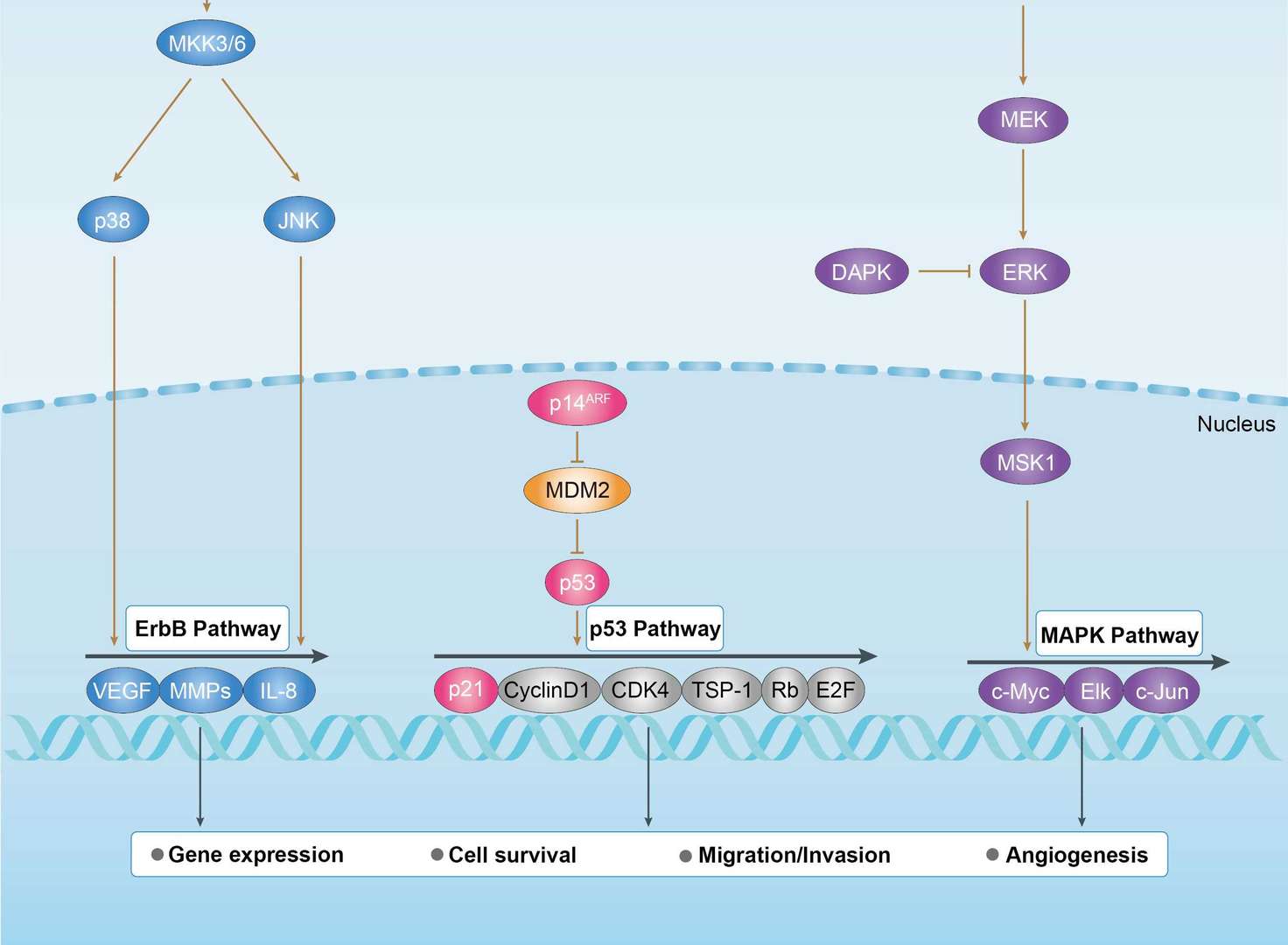 Bladder Cancer
Bladder Cancer
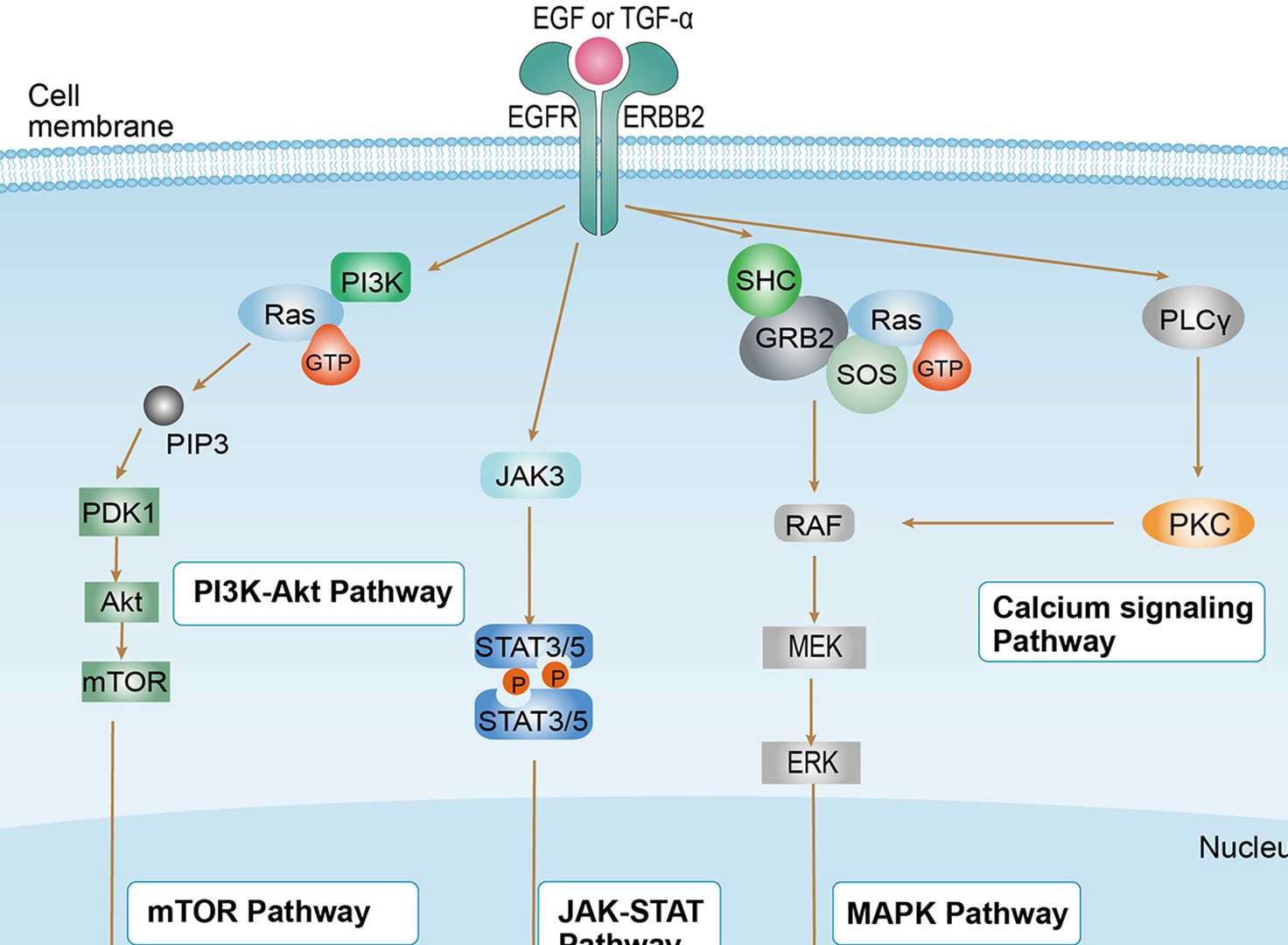 Non-small Cell Lung Cancer
Non-small Cell Lung Cancer
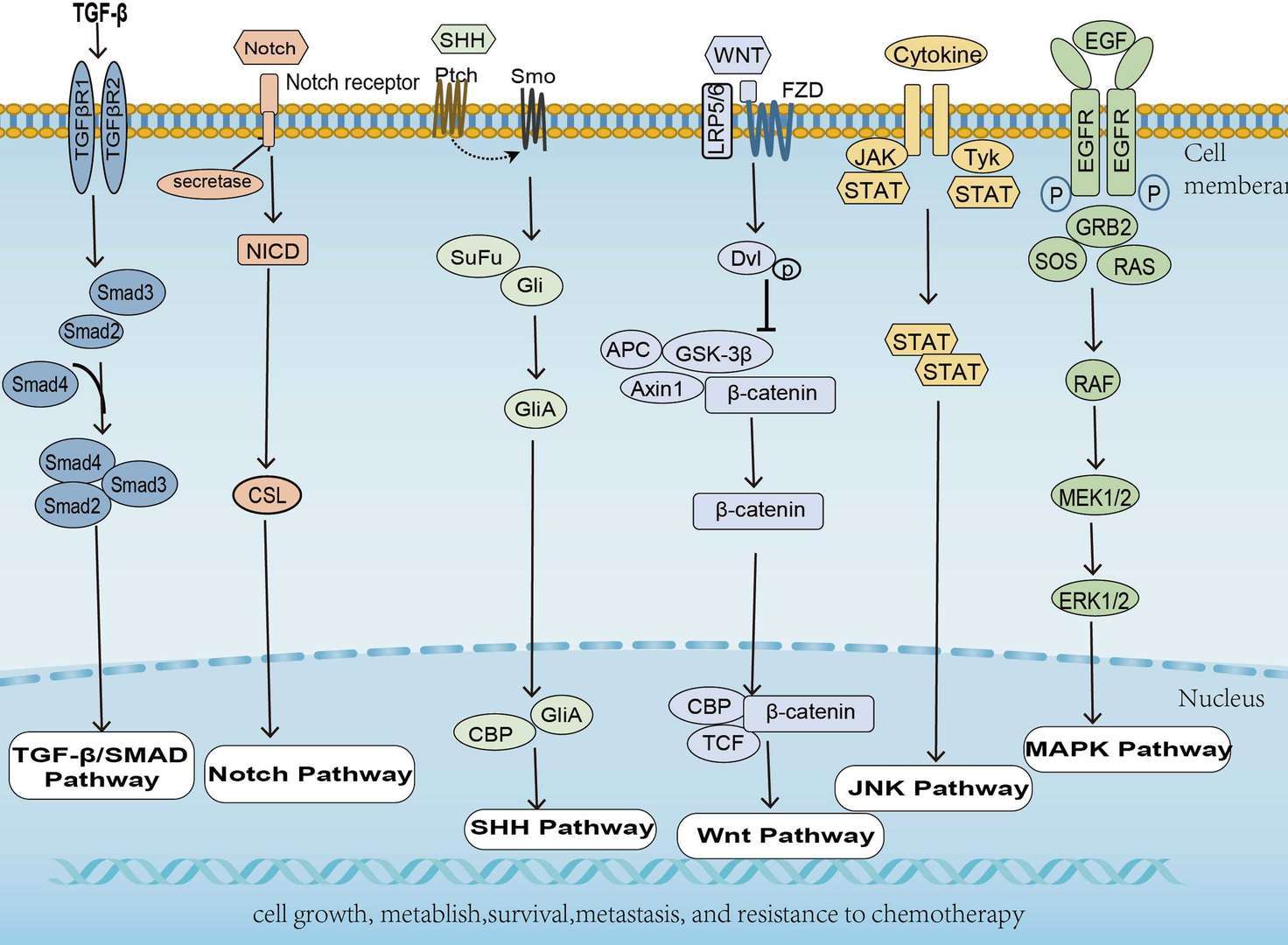 Pancreatic Cancer
Pancreatic Cancer
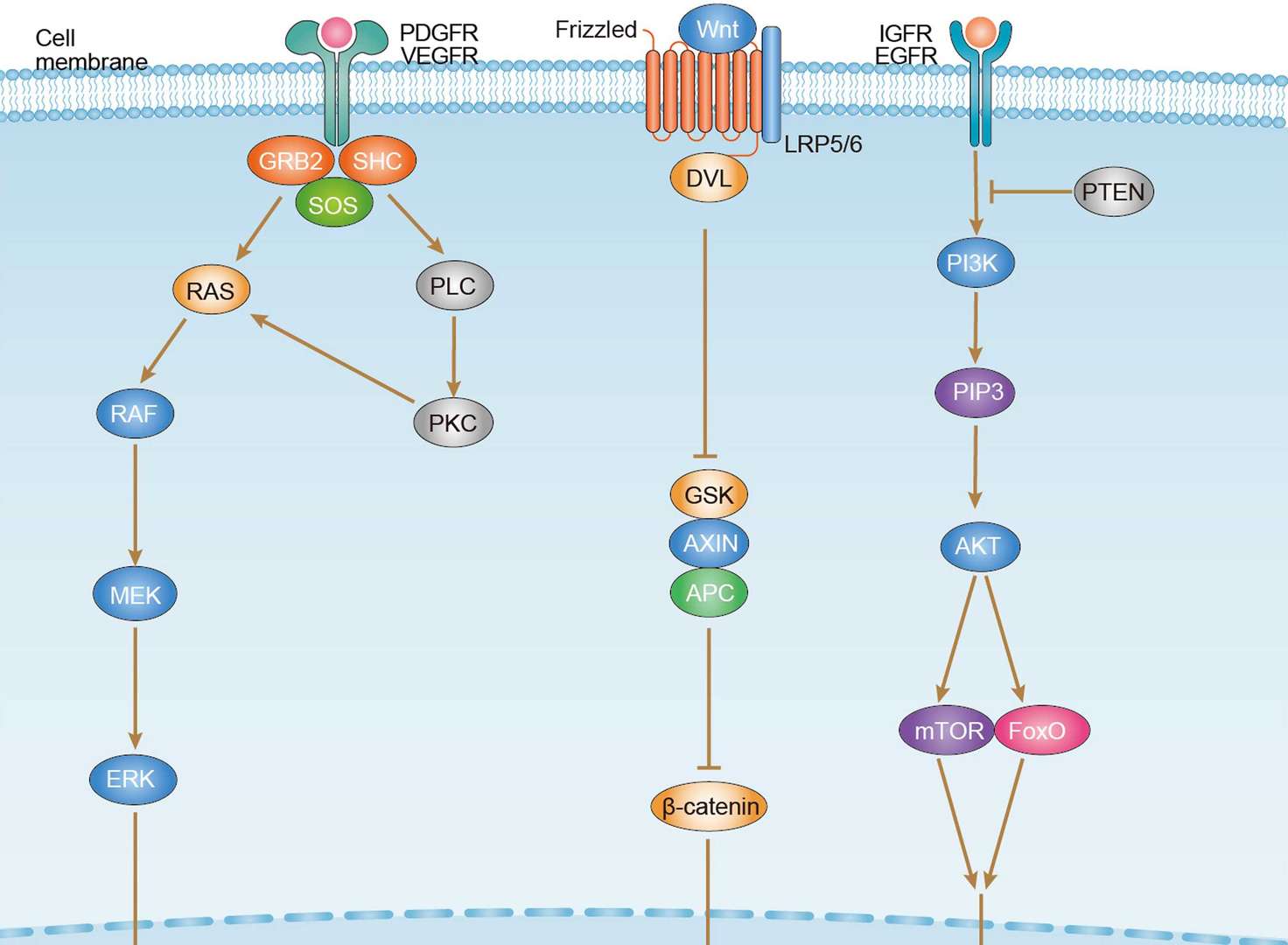 Hepatocellular Carcinoma
Hepatocellular Carcinoma
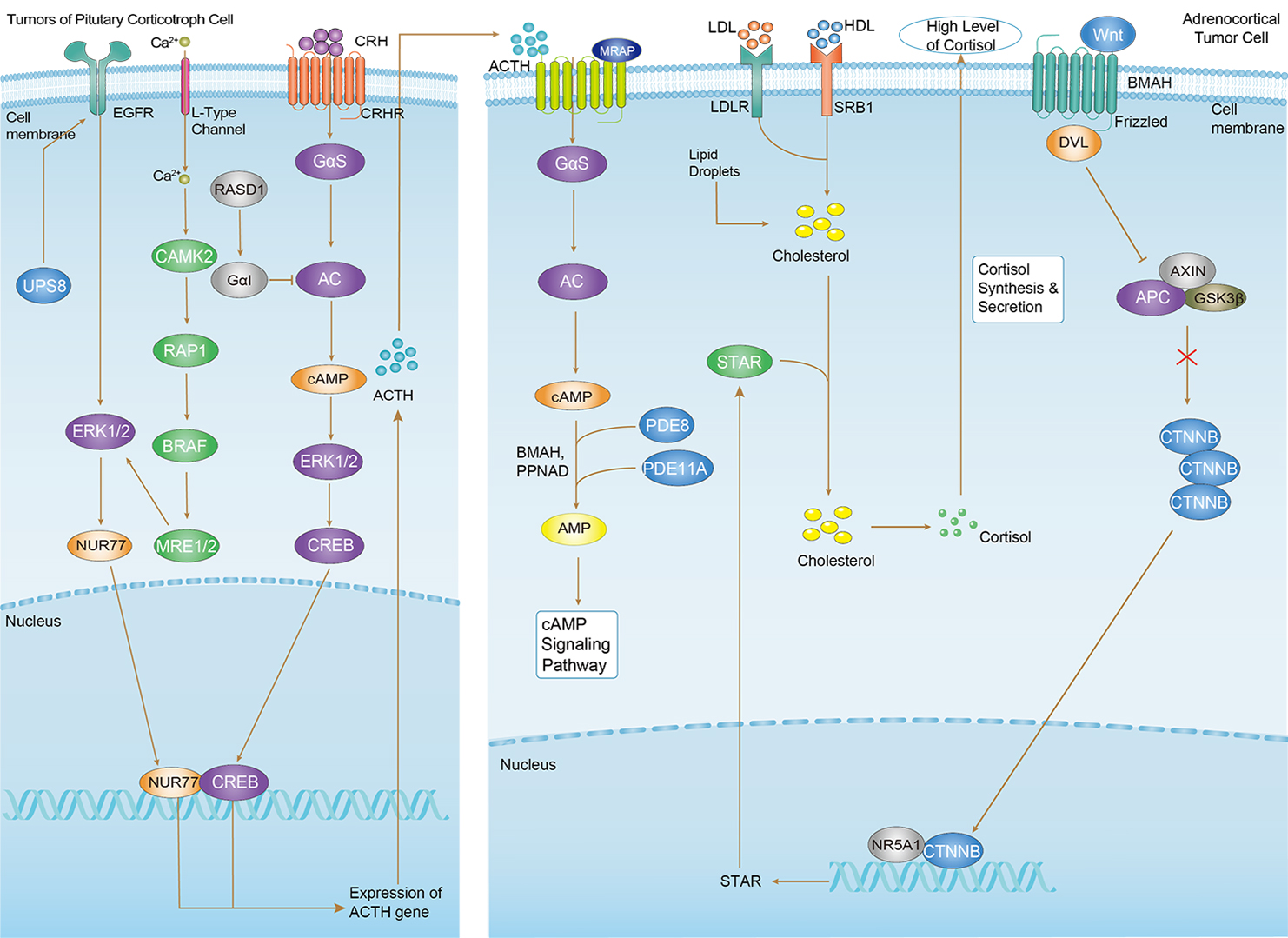 Cushing Syndrome
Cushing Syndrome
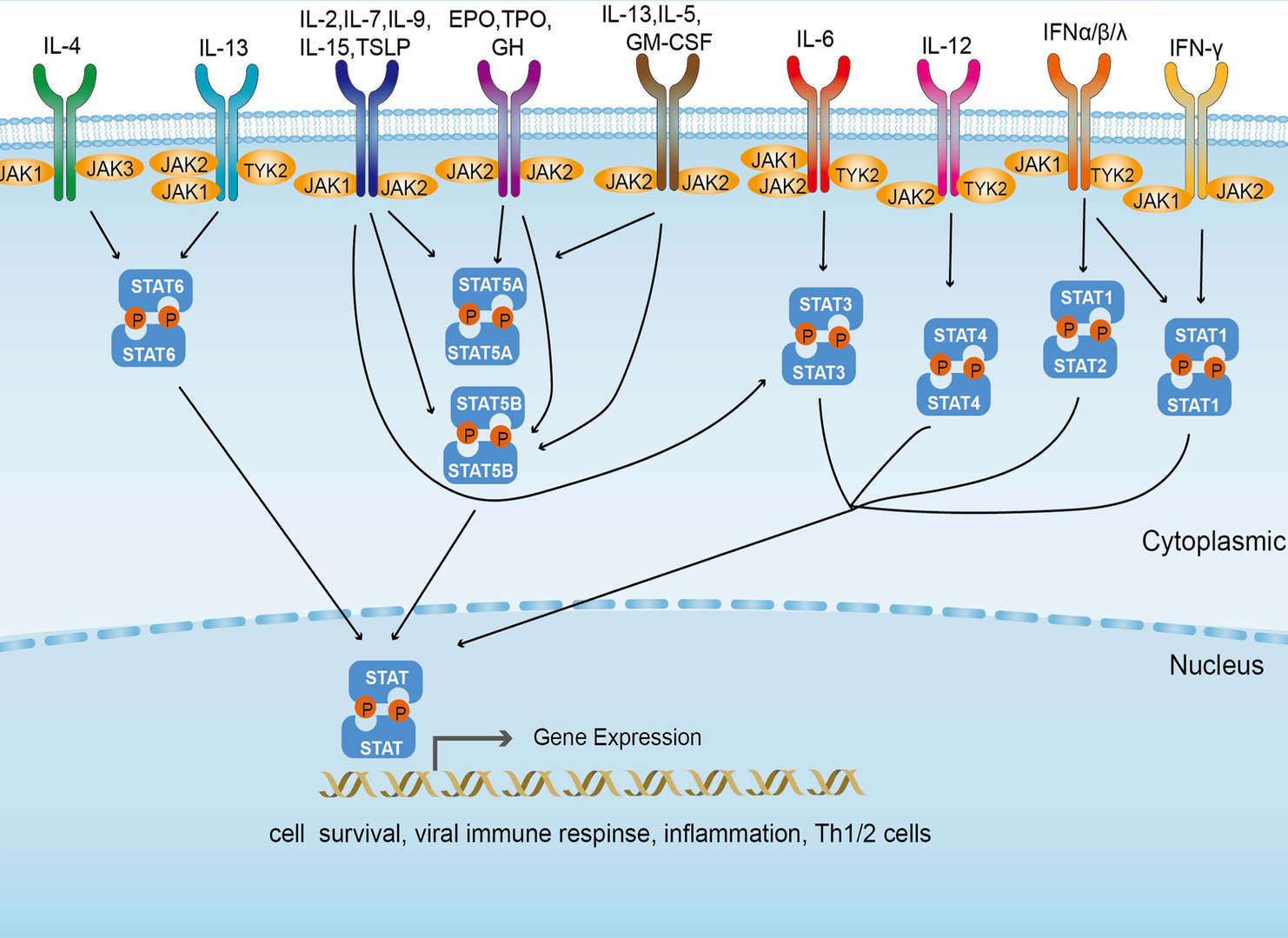 JAK-STAT Signaling Pathway
JAK-STAT Signaling Pathway






-3.jpg)







